Between Mountains and Sea: Christians and Alawites in a Shattered Latakia, Post-Assad
LATAKIA, Syria (SyriacPress) — On a restless evening by the Mediterranean Corniche, the echoes of church bells mingle uneasily with gunfire in the distance. Once a coastal city of traditions and coexistence, Latakia now stands at the crossroads of sectarian tragedy and political transformation. The long-ruling Assad dynasty has fallen, replaced by an Islamist government led by former Hay’at Tahrir al-Sham (HTS) leader and new head of state Ahmad al-Sharaa. In this new government’s wake lies a trail of bloodshed — the March 2025 coastal massacres targeting Alawite civilians marked Syria’s most brutal sectarian violence since the civil war began in 2011.
This report delves into how Christians and Alawites — two foundational communities in Latakia — continue to exist amid these tectonic shifts. It examines religious life, rural-urban divides, dislocation through migration, and the plaguing specter of international indifference. Through interviews, atrocity documentation, and analysis, the report traces a population wedged between survival and erasure.
Before the civil war began, Christians made-up approximately 10% of Syria’s population — an estimated 2.2 million people, although this estimate is likely on the high side). Today, their numbers have plummeted to between 300,000 and 600,000, roughly 2–3% of the total Syrian population estimated at 23.9 million at the end of 2024. The main religious denominations are Sunni Islam (74–80%) and Shia Islam — mostly Alawi, Ismaili, and Twelvers (13%).
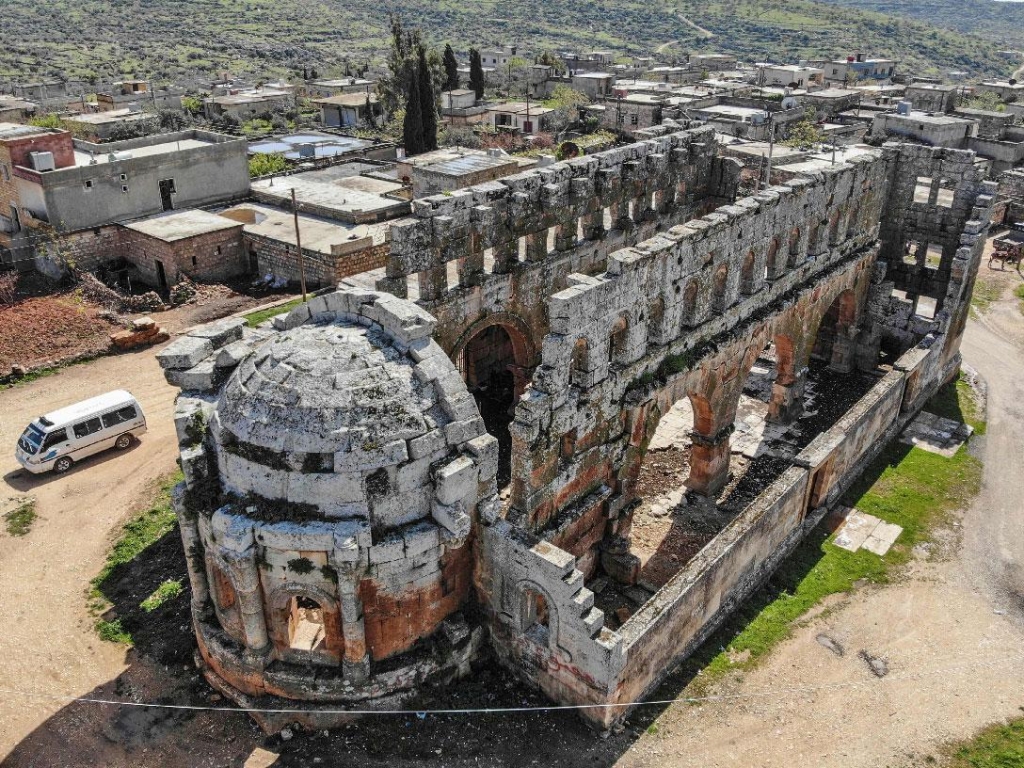
Latakia’s pre-war Christian population reflected national demographics. In 2010, the city was about 10% Christian, with Christians making up 12% of the rural hinterland.
This steep decline — losing between 65 and upwards of 85 percent of their population — is the result of sustained emigration caused primarily by violence and economic collapse. The Christian community in Syria is now considered one of the most endangered in the region.
Sectarian Violence and the Fall of Islamo-Nationalism
In December 2024, Ahmad al-Sharaa seized power following a surprise two-week offensive that toppled the Assad regime. HTS, now dissolved, granted allegiance to his new government. His early declarations promised an end to partisan revenge and a pathway to national unity. But those promises unraveled in March 2025.
Between 6–9 March, Alawite-majority coastal towns like Banias, Qurfays, Al-Rusafa, and Tuwaym became the backdrop for horrific massacres. Armed groups — including HTS remnants, Sunni militias, foreign jihadists, and factions like Unit 400 and the Othman Brigade — executed around 1,500 Alawites in those four days in a spree characterized by torture, mutilation, and sectarian zeal, according to the Syrian Observatory for Human Rights (SOHR). According to Syria expert Prof. Fabrice Balanche, the number of dead is probably much higher:
“It’s crucial to remember that the violence began on March 4th in the Alawite district of Daatour, with Ahmad al-Sharaa responsible for the massacre of Alawites. The clashes persisted past March 9th, albeit at a reduced level. Unofficial accounts suggest around 5,000 fatalities, making the SOHR’s tally of 1,376 casualties a conservative estimate.”
Balanche states that the March massacres against the Alawites by the new Islamist authorities were indiscriminate — killing women, children, elderly, and, especially, young men — and mainly motivated by ethnic cleansing against a community accused of complicity with the Assad regime, as well as religious hatred.
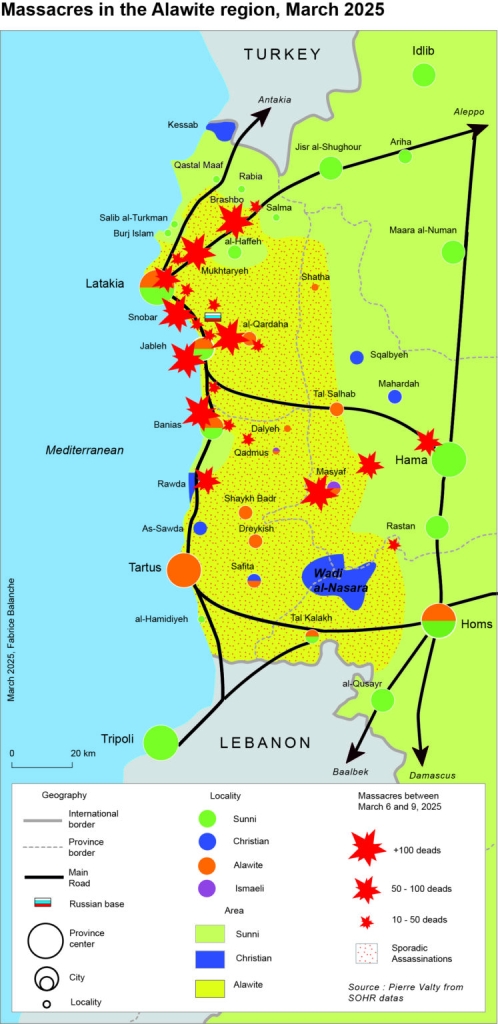
One witness recounted how his 25-year-old son’s heart was cut out and placed on his body. Entire families were wiped out. Villagers were forced to howl like dogs before execution. Mass graves dotted the region. Survivors fled to Lebanon, some sought refuge at the Russian base at Hmeimim. The UN Commission of Inquiry later confirmed these were likely war crimes, with an estimated 1,400 dead, including women and infants, while Human Rights Watch condemned the “summary executions, sectarian killings, and torture.” A Reuters reconstruction traced a command chain linking perpetrators to figures in Daramsuq (Damascus). Ahmad al-Sharaa condemned the violence as undermining national unity, promising accountability, but few have been brought to justice.
Religious Life Amid Sectarian Ruin
Christians, already imperiled by flight and marginalization, are further reduced. In Latakia city, church attendance is sparse — many pews now empty. Cultural institutions remain, but their influence has atrophied. Smaller Christian enclaves outside the city, particularly near Jableh and Hmoth (Homs), have all but vanished.
The Christian population of Latakia was historically distributed across a wide network of churches that reflected the city’s diverse denominational mosaic. Among the most prominent is the National Evangelical Presbyterian Church of Latakia, founded in 1876 and aligned with the Synod of Syria and Lebanon. One of the city’s largest Protestant congregations, it accommodates about 400 worshippers and serves roughly 1,000 members, offering Sunday services, Bible study sessions, and youth programs.
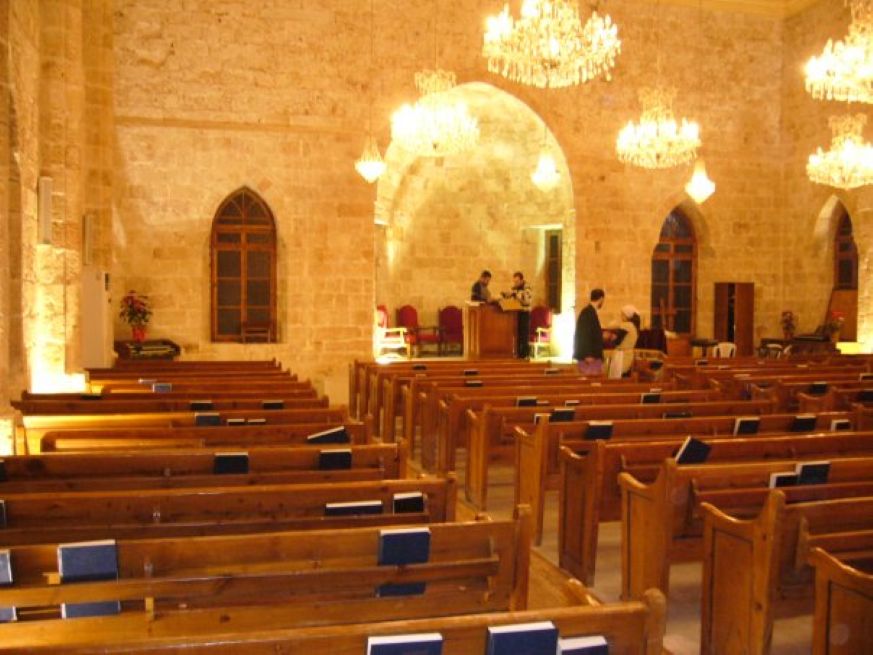
Along the seafront stands the Church of the Sacred Heart of Jesus, a Roman Catholic institution built in two phases — first in 1829 and later expanded in 1933. Its complex includes an abbey, a spacious hall, and a courtyard garden, making it a focal point for the Roman Catholic community.
The Armenian Apostolic Church of the Holy Mother of God, dating back to 1254, serves as the spiritual heart of Latakia’s Armenian community. Located in the historic Kidun quarter — home to Armenians for centuries — this church remains a symbol of endurance and continuity.
The Our Lady of Latakia Cathedral, seat of the Syriac-Maronite Catholic Eparchy established in 1977, anchors the Syriac Maronite presence in the region. By 2011, the Syriac Maronite community numbered nearly 35,000 faithful across 32 parishes tied to this cathedral. Similarly, the Our Lady of the Annunciation Cathedral serves as the center of the Greek (Rûm) Catholic Archeparchy of Latakia and Tartus. In 2013, its flock was estimated at about 14,500, spread across 18 parishes.
Latakia is also home to important Orthodox institutions. The Greek (Rûm) Orthodox Church of the Virgin Mary, located in the old city souq near the archbishop’s office, may trace its roots back to Byzantine times, though its current form — with a striking marble iconostasis — was likely enhanced in the 18th century. Not far away on Maysaloun Street rises the Greek (Rûm) Orthodox Church of St. Nicholas, distinguished by its 17th- and 18th-century icons, as well as an ebony throne dated to 1721. Attached to it is a small chapel dedicated to St. Moses the Ethiopian.
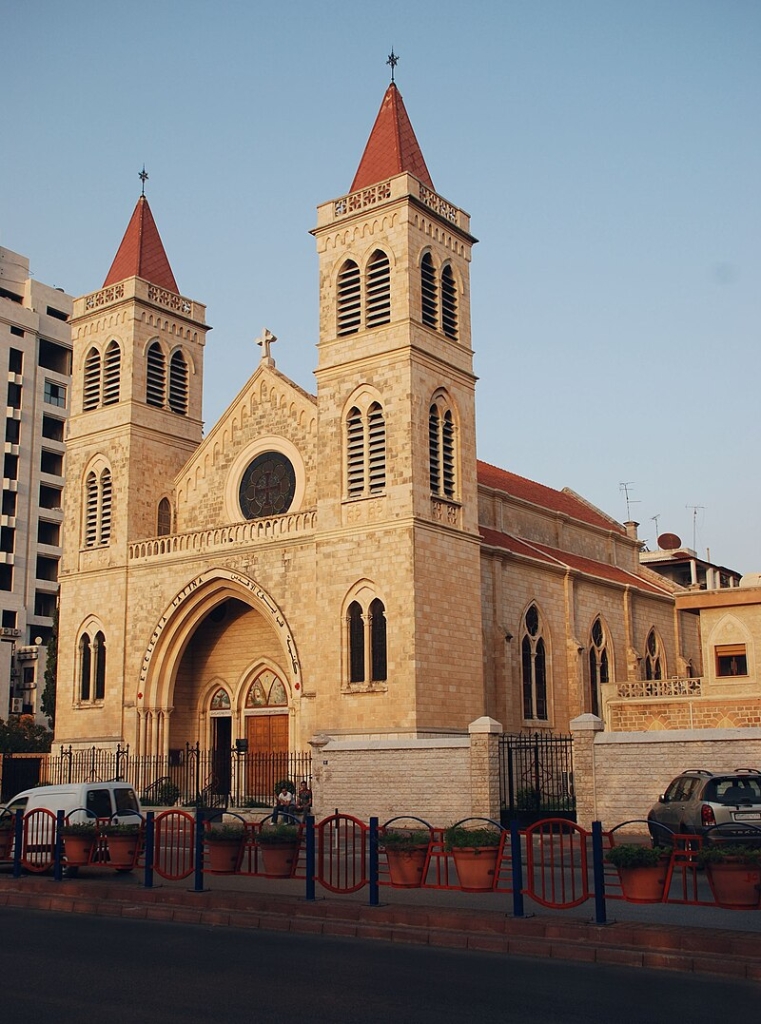
Together, these Churches — Protestant, Catholic, Armenian, Syriac Maronite, Greek (Rûm) Catholic, and Greek (Rûm) Orthodox — formed the backbone of Christian communal and religious life in Latakia, shaping its identity as one of Syria’s most pluralistic coastal cities.
Alawite religious expression has become both defiant and mournful. Shrines in Qardaha and the hinterlands bloom with flowers and candles for the dead, but rituals are private, overshadowed by grief and fear. Clerics and elders attempt to preserve faith amid communal trauma, all while under watch from the government.
A Tale of Two Landscapes: Urban Security vs. Rural Vulnerability
Urban Latakia feels superficially stable — a coastal resilience mounted by government presence. Yet beneath the surface lies a nervous calm. Christians cling to their old quarters, Alawites hold sway over security institutions. But outside city walls, the mountains bear witness to atrocity. Villages vanished overnight, survivors fled into groves or across the Lebanese border.
A teacher named Roweida laments, “This conflict isn’t ours, but we are paying the price … leaving may be the only solution.” Legacy Christian neighborhoods remain under lockdown. Alawite communities patrol their own streets, erect checkpoints to deter violent reprisals. At security briefings, representatives from both faiths plead for protection and justice.
Christian emigration — already ongoing — now veers toward permanence. Communities are dissolving. Young professionals and families head to Berlin, Montreal, Sydney. The dwindling middle class is fleeing en masse.
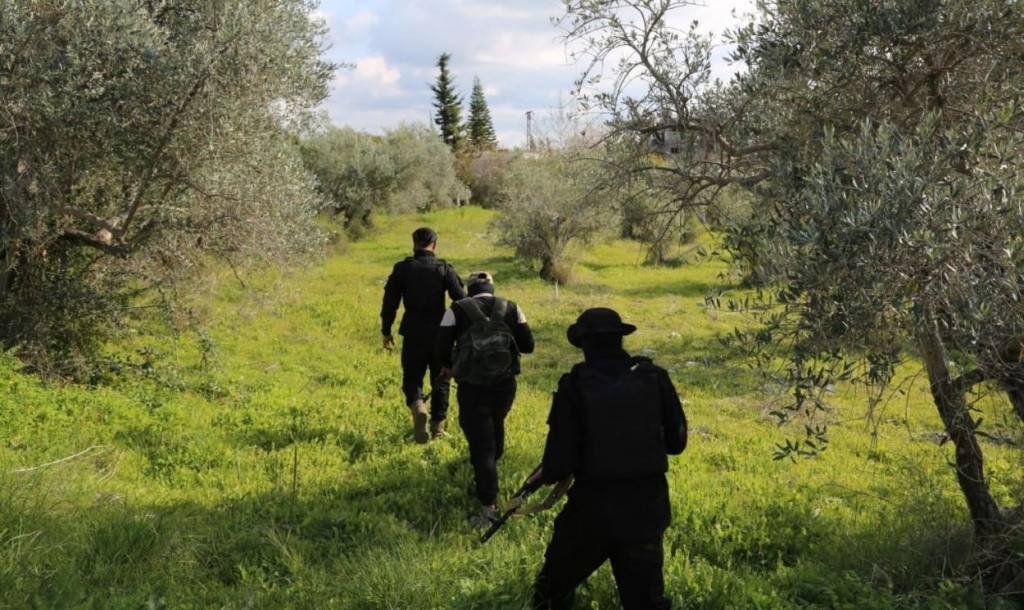
Alawite displacement is mostly internal. With their villages decimated, they survive on solidarity networks and remittances. Some lucky families have connections abroad. Others grind on, tethered to fragile state structures and uncertain survival.
Regionally, Latakia is now a de facto Islamist stronghold, with remnants of HTS integrated into power. President al-Sharaa promotes a centralized state — rejecting federalism yet battling tribal loyalties and fragmented authority. Internationally, the UN has issued condemnations, but Western powers remain cautious, balancing fears of radical regimes against Sunni empowerment in the Levant.
For both Christians and Alawites, yesterday’s power configurations offer cold comfort. The Christian minority fears disappearance, the Alawite majority ponders whether its association with the regime, long its shield, is now the source of its vulnerability.
A Fragile Horizon
War crimes have returned as memories. The coastal massacres are a blood-stained reminder that Syria’s sectarian fissures have not healed — and may be widening. President Ahmad al-Sharaa offered grand speeches about unity, but his failure to rein in fragmented militias has critically undermined trust. Securing political power has not guaranteed protection for minorities.
Latakia remains symbolic: oceanfront resilience meets warning signs of collapse. If the government fails to deliver justice and inclusion — and if international actors stay silent — the coastal heart of Syria risks becoming the final sacrificed guardian of a lost era.



















